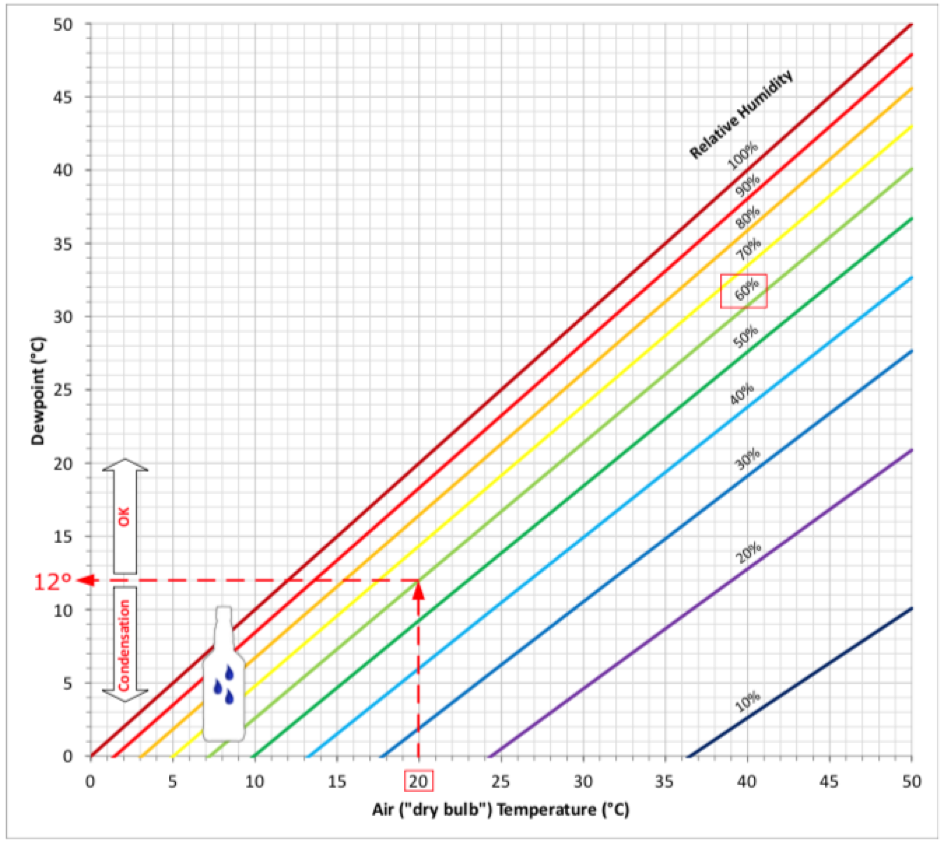Electronics are sensitive to extremes of humidity. Conductivity in devices can be modified by high humidity. That can lead to corrosion and malfunction. Condensation (dew point problem) can also be a real problem. On the other hand, low humidity can cause components to become brittle and can be dangerous if we think about ESD. Electric devices are usually designed for humidity ranges that are healthy for human beings.
Electrostatic Discharge (ESD)
ESD can damage sensitive electronic parts or can cause fire when handling flammable materials. Indoor environments can be exposed to ESD, if the relative humidity is low. In these dry areas humidification is recommended, since it creates a layer on antistatic materials so they function better and it reduces triboelectric charging. The desirable level of relative humidity in ESD protective areas is 40 to 60 percent, as long as it does not lead to corrosion or any other unwanted effects.





![Industrial Temperature and Relative Humidity Sensor [SI-TH-02] Industrial Temperature and Relative Humidity Sensor [SI-TH-02]](https://www.iqhome.org/image/cache/catalog/products/sensors/SI-TH-247x260.png)